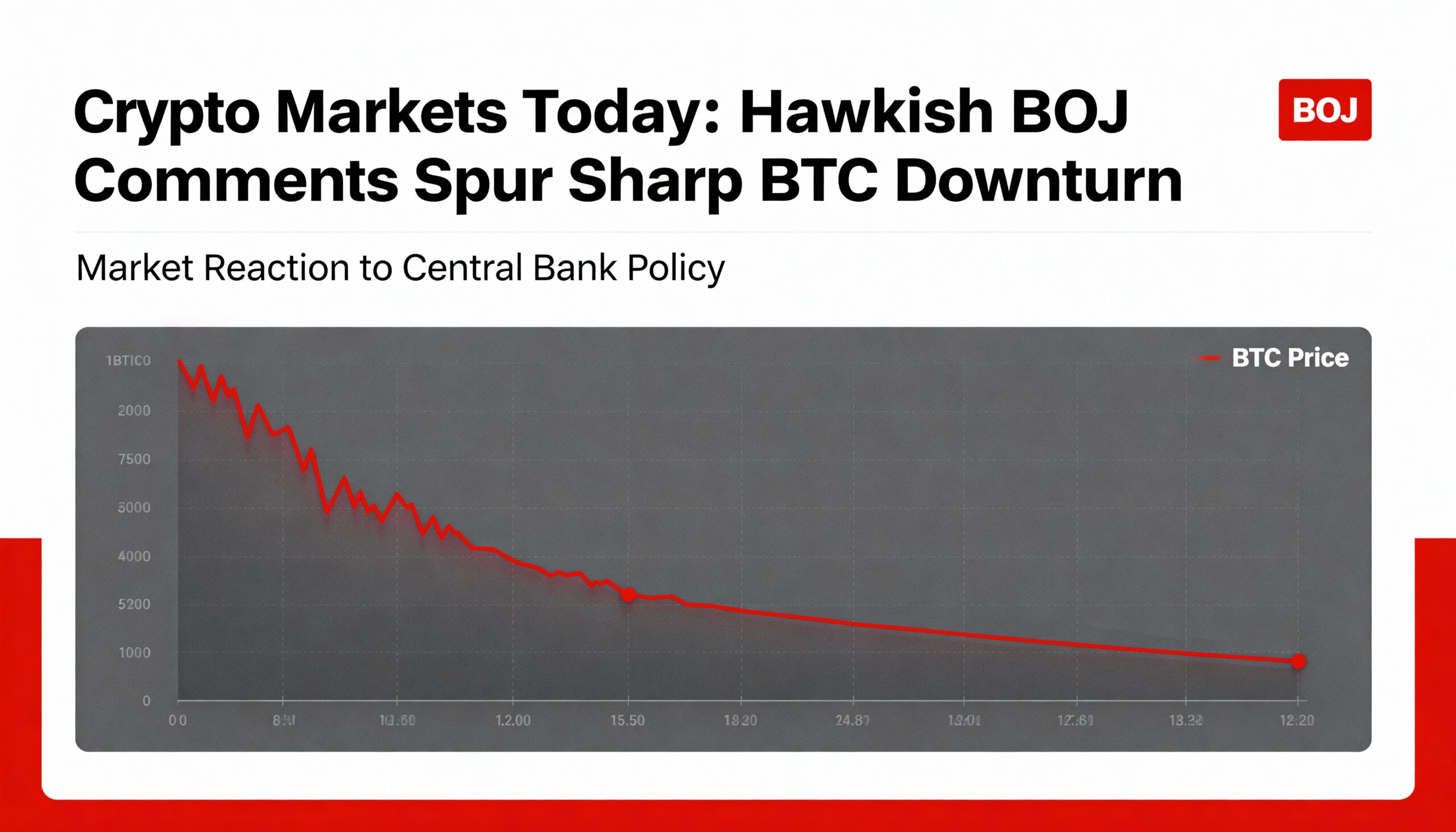Coinbase Q2 Preview: Analysts Weigh Weak Trading Against Strength in Services and Regulatory Momentum
Coinbase (COIN) is set to release its second-quarter earnings after the bell on Thursday, and investor sentiment remains divided. While the company’s trading volumes have softened considerably, analysts are split over how much that matters as subscription and services (S&S) revenue continues to grow and the regulatory environment turns more favorable.
Revenue Growth Hides Underlying Divergence
Consensus estimates from FactSet project Coinbase will report $1.59 billion in revenue for Q2, a modest increase from $1.45 billion a year ago. Earnings per share are expected at $1.25. However, the top-line growth masks a deeper divergence in business performance: spot trading volumes have declined sharply, while subscription and services revenue has shown resilience — powered by elevated interest income, higher USDC balances, and on-chain activity.
Barclays: Trading Weakness to Drag on Results
Barclays analyst Benjamin Buddish, who maintains a neutral stance on COIN, expects the earnings release to disappoint on transaction revenue. He forecasts just $741 million in trading income, well below the $813.8 million Wall Street estimate. Buddish attributes this to a steep 43% quarter-over-quarter drop in retail volumes, based on Robinhood data and broader exchange trends.
Still, Buddish has raised his price target to $359 from $202, citing market-wide valuation re-ratings and Coinbase’s strong rally — up over 100% from April lows. He remains cautious, however, noting short-term headwinds and highlighting that long-term optimism hinges on legislative developments like the GENIUS and CLARITY Acts.
Citi: Long-Term Tailwinds from Legislation and Product Rollouts
Citi’s Peter Christiansen holds a more bullish view, lifting his price target to $505 from $270 and maintaining a buy rating. He believes the recent inclusion of Coinbase in the S&P 500, along with progress on regulatory fronts — particularly the GENIUS stablecoin bill and the CLARITY framework — will provide structural support for long-term growth.
Christiansen sees new products such as tokenized equities, updated crypto wallets, and an American Express-powered crypto credit card as catalysts that can boost future services revenue. While he acknowledges subdued Q2 volumes, he expects continued growth from Base network usage, USDC monetization, and subscriptions under Coinbase One.
JPMorgan: Neutral but Watching for Execution
JPMorgan’s Kenneth Worthington remains on the sidelines with a neutral rating and a $404 price target for year-end 2025. He incorporates Coinbase’s estimated $1.4 billion share in Circle’s stablecoin business but excludes it from adjusted EBITDA. His model also reflects $50 million in expenses from a cybersecurity incident earlier this year.
Worthington argues that while Coinbase is well-positioned in the evolving crypto economy, its success will depend on execution in product innovation, especially around tokenization and payments. He notes that stronger ETF flows and regulatory clarity could provide upside, but warns that increased compliance costs or waning crypto sentiment could weigh on the stock.
Subscription & Services Emerging as a Bright Spot
Coinbase previously guided Q2 subscription and services revenue between $600 million and $680 million. Barclays projects that figure could exceed guidance, reaching $703 million, driven by elevated BTC prices and growing USDC balances.
Christiansen, while cautious on staking, believes new features and expanding financial products could sustain S&S momentum over the coming quarters.
Trading Volumes Lag Price Recovery
Despite a broad recovery in crypto prices in 2025, Coinbase’s trading volumes have not rebounded in kind. Data from The Block shows Coinbase processed $232 billion in spot volume during Q2 — a roughly 40% drop quarter-over-quarter. Futures volumes held up better but also slowed into June.
Coinbase shares gained 2% on Wednesday, closing at $380, and are up 47% year-to-date. As earnings approach, the key question remains whether services growth and regulatory optimism can offset the drag from weakening retail trading.





